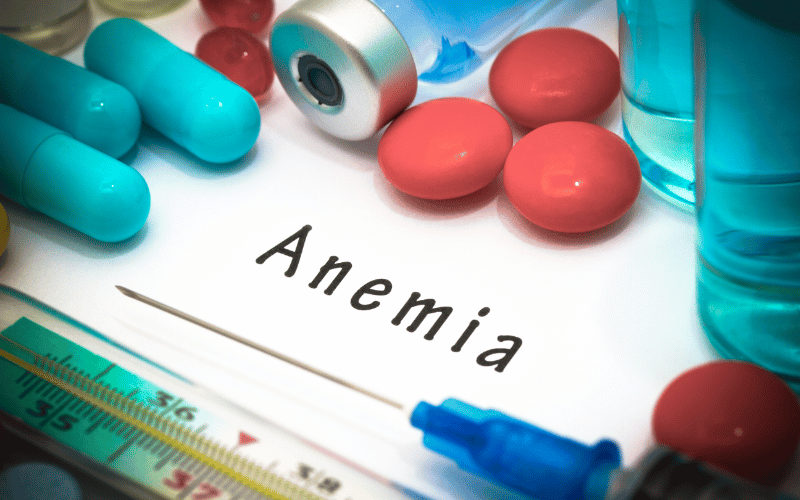Introduction: A Closer Look at Thalassemia
Thalassemia is a genetic blood disorder that has a significant impact on an individual’s life. This condition affects the body’s ability to produce hemoglobin, the protein found in red blood cells responsible for transporting oxygen to various parts of the body. As a result, individuals with thalassemia can experience a range of symptoms that differ in severity based on the specific type of thalassemia they have.
In this in-depth article, we’ll explore the top 10 symptoms of thalassemia and provide you with essential information about this disorder. By understanding the symptoms and their potential impact, you can better support those affected by thalassemia and help raise awareness about this condition. Furthermore, knowing the symptoms can be crucial in early detection and treatment, which can significantly improve the quality of life for those living with thalassemia.
Before we dive into the symptoms, it’s essential to understand that there are different types of thalassemia, with varying degrees of severity. The two primary forms are alpha-thalassemia and beta-thalassemia, each with its distinct subtypes. While some people with thalassemia may exhibit only mild symptoms or none at all, others may face severe health complications that require ongoing medical care and monitoring.
Now that we’ve laid the groundwork, let’s explore the top 10 symptoms of thalassemia and learn more about how this condition affects those living with it.
Symptom 1. Anemia: The Most Common Symptom of Thalassemia

Anemia is the most prevalent symptom of thalassemia, and it occurs when your body doesn’t have enough red blood cells or hemoglobin to transport oxygen properly. People with thalassemia may experience varying degrees of anemia, depending on the severity of their condition.
Anemia can manifest in several ways. Common signs include fatigue, which can be persistent and debilitating, making everyday activities challenging to complete. People with anemia may also experience weakness, which can affect their ability to perform tasks that require physical strength.
Pale skin is another common sign of anemia, as the lack of hemoglobin can cause the skin to appear less vibrant and healthy. Shortness of breath and dizziness are also common symptoms, often exacerbated during physical activities or when standing up too quickly. These symptoms can significantly impact a person’s quality of life and warrant medical attention to address the underlying cause of the anemia. (1)